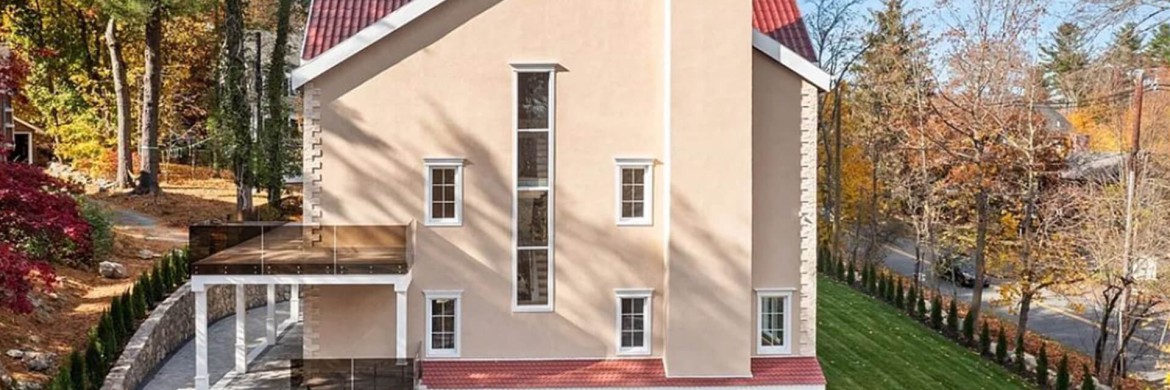What Is the Lifespan of a Steel Building?
Understanding the lifespan of a steel building is essential for anyone considering a long-term investment in a durable structure. These buildings are widely chosen for their strength, flexibility, and long-term performance across various climates and usage needs. Whether for residential, commercial, or medical infrastructure, knowing how long a steel structure will last helps in planning and budgeting with confidence.
Unlike traditional construction materials that may degrade over time, a well-designed steel building offers reliability and structural integrity for several decades. Their resilience, coupled with modern manufacturing techniques, gives them an edge in terms of durability and maintenance. But how long do these buildings really last—and what factors contribute to their longevity?
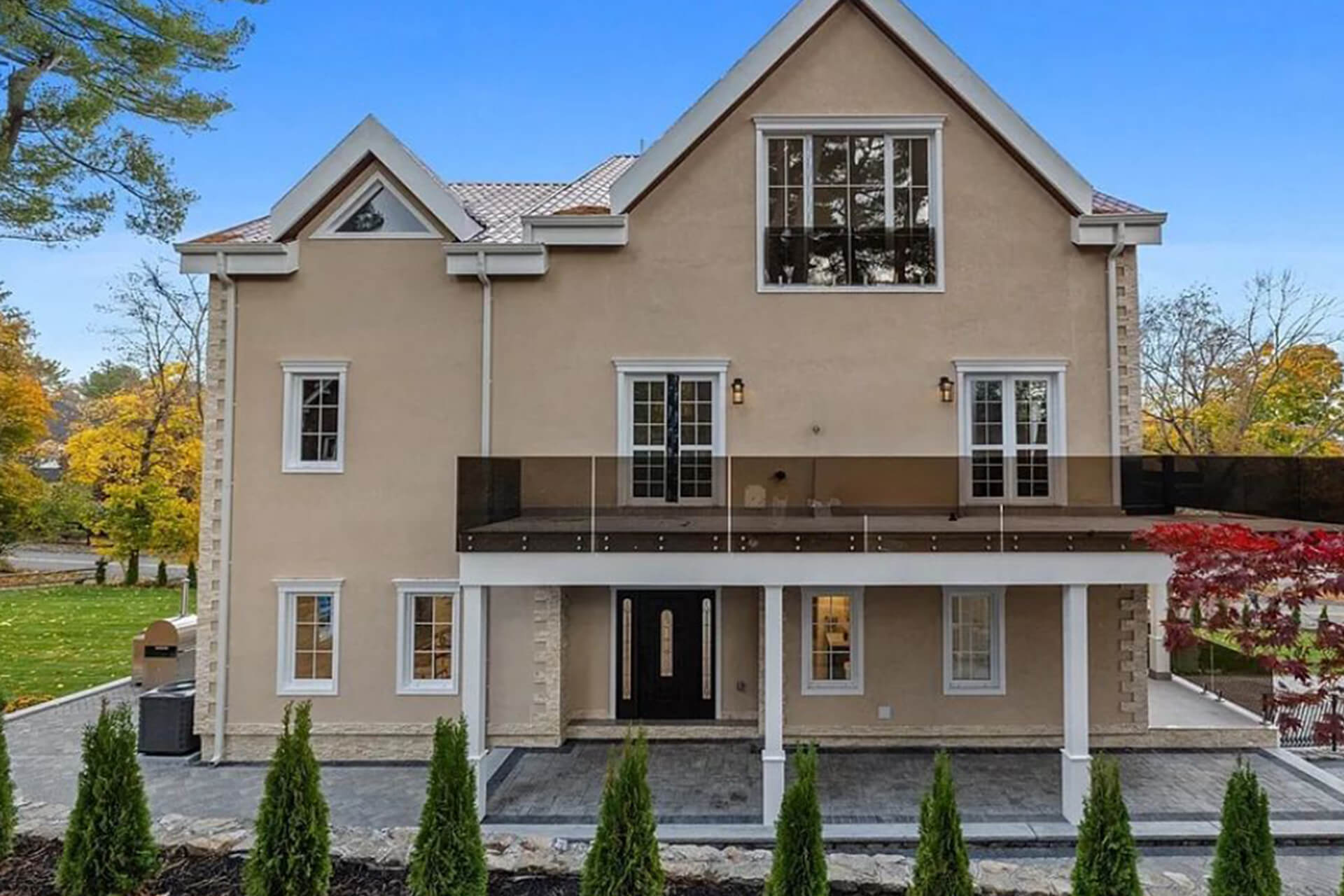
Why Steel Buildings Are Built to Last
One of the main reasons a steel building stands out is its exceptional structural resilience. Steel is not only incredibly strong but also resistant to many of the threats that compromise other materials, such as termites, fire, and rot. This inherent durability means steel structures can maintain their shape, function, and safety for many decades with minimal risk of sudden failure.
A durable steel building is typically engineered with precise specifications, ensuring that load-bearing capacity, wind resistance, and seismic performance meet the highest standards. When installed correctly, these buildings can endure both natural and environmental pressures far better than their wood or concrete counterparts. As a result, many organizations view steel as a trustworthy, long-term solution for various building needs.

What Factors Influence the Longevity of Steel Structures?
The lifespan of a steel building is not determined by material alone. Several variables can impact how long your structure lasts. One of the most significant factors is the quality of the steel used in construction. Premium-grade steel ensures the building will resist corrosion, structural fatigue, and stress over time, especially in demanding weather conditions.
Environmental conditions, including humidity, rainfall, and temperature extremes, also affect longevity. Additionally, how the building is maintained, its intended use, and even the type of foundation it sits on can all play crucial roles. A well-maintained steel building in a moderate climate will generally last longer than one that’s neglected or constantly exposed to harsh elements.
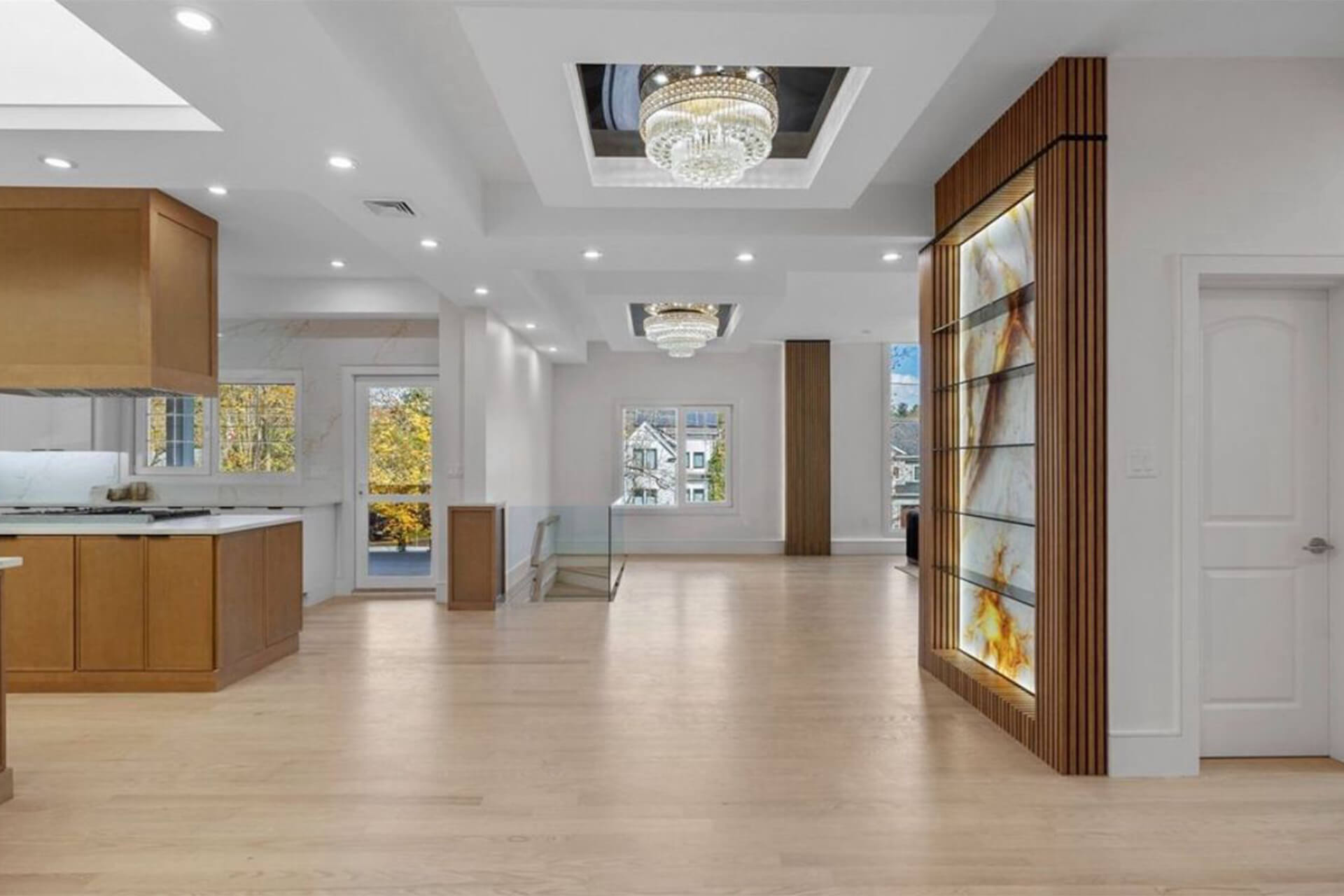
How Long Can You Expect a Steel Building to Last?
A typical steel building can last anywhere from 50 to 100 years, depending on several important factors. These include the quality of the steel, the precision of installation, and the level of maintenance it receives over time. When constructed properly, steel structures are built to withstand environmental challenges and provide long-term performance.
The steel building lifespan isn’t just about how long the building stands, but also how well it maintains its strength and integrity. Features like galvanized coatings, corrosion-resistant alloys, and strategic water drainage all contribute to its durability. For anyone seeking a long-lasting investment, steel buildings offer unmatched longevity compared to other structural options.
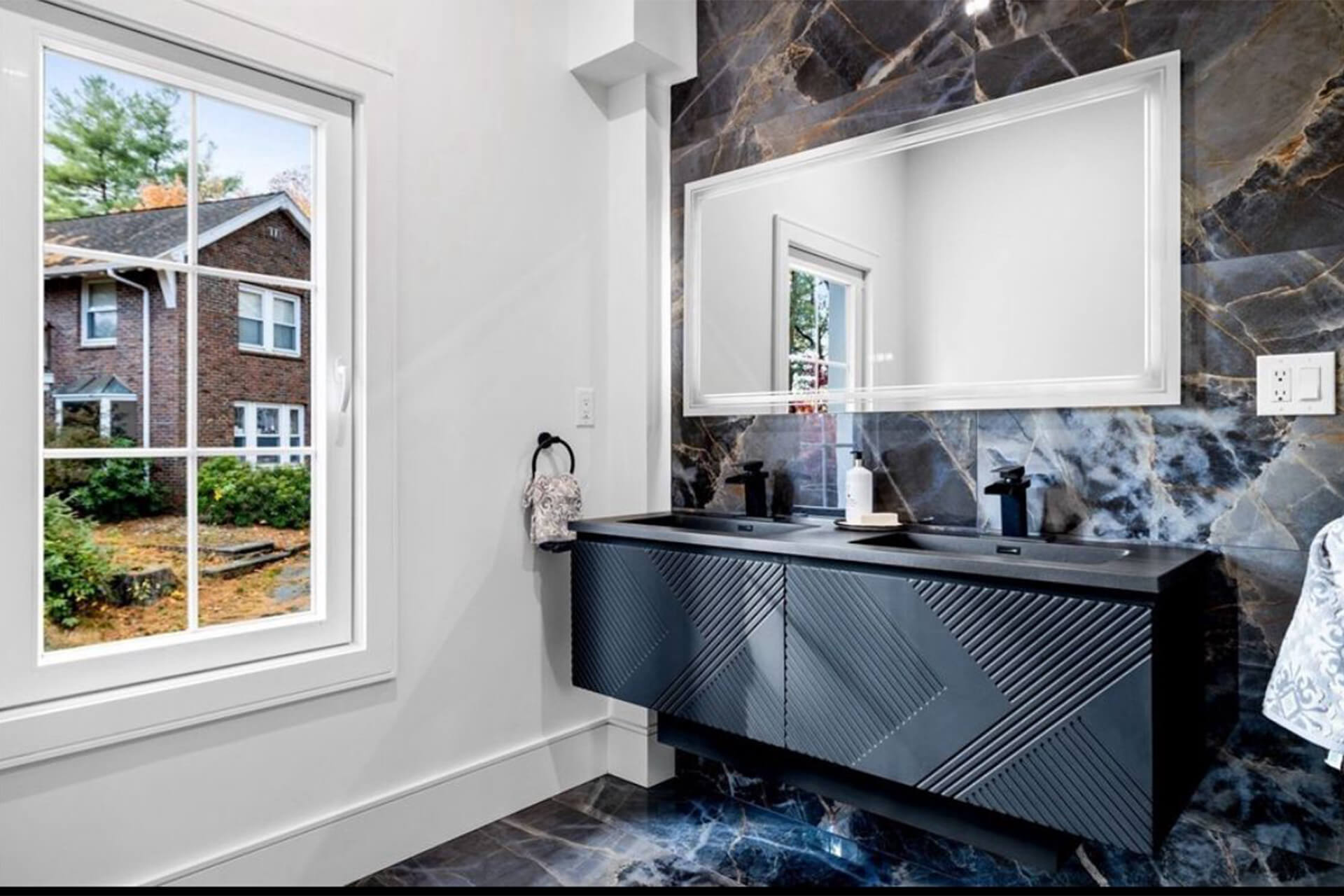
How to Extend the Life of Your Steel Building?
If you own a durable steel building, there are several proactive steps you can take to ensure it remains in top condition for decades. One of the most important is proper installation. A well-installed steel structure is far more capable of resisting environmental wear and tear over time.
To preserve the lifespan of a steel building, routine maintenance is essential. Regular cleaning, prompt repair of any damage, and checking for signs of rust or leaks are all key. Insulation, drainage systems, and roof performance should also be reviewed frequently to prevent premature deterioration. These measures will significantly enhance the longevity of your structure.
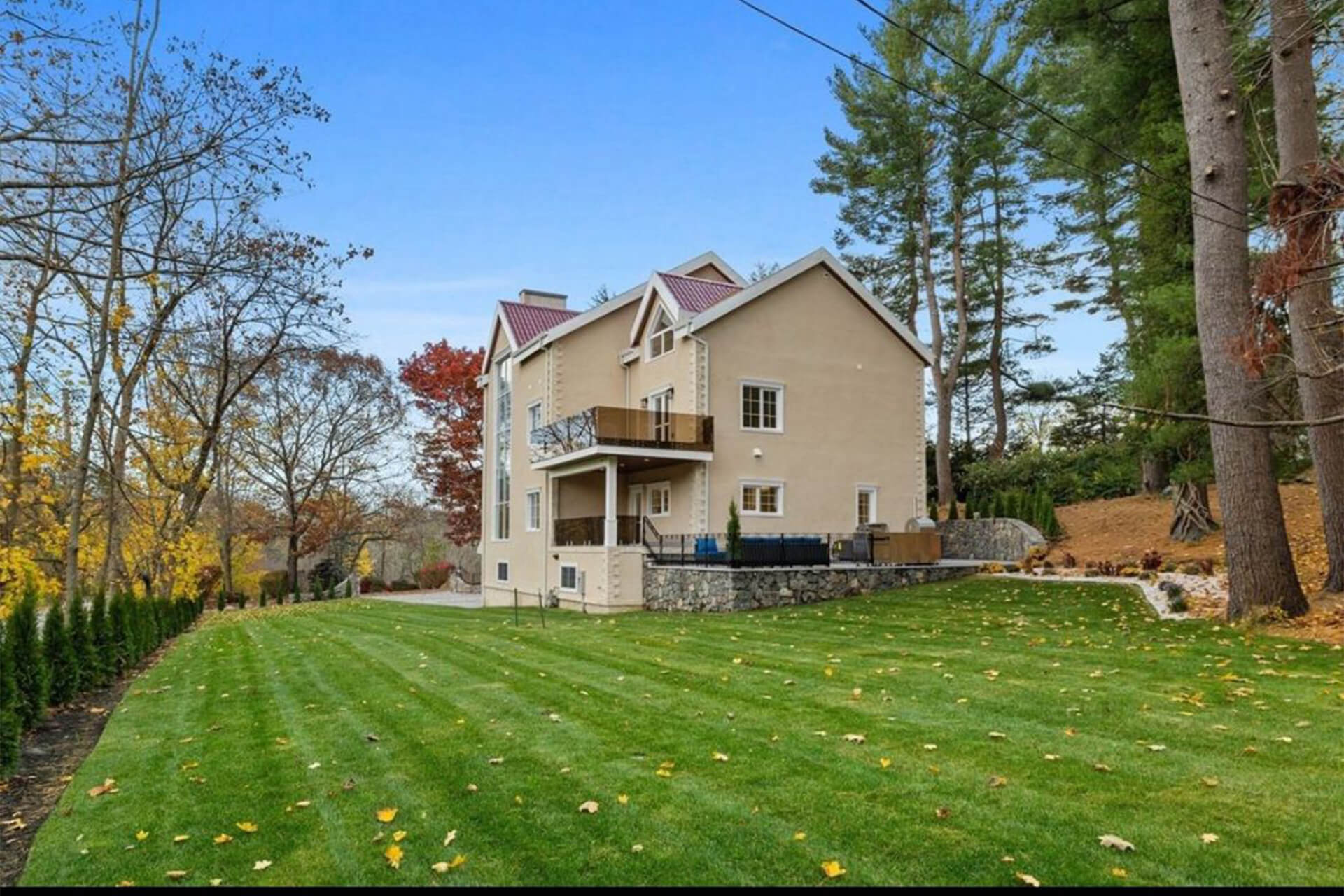
Regular Maintenance Tips
Establishing a routine maintenance schedule is vital for your steel building. Inspect structural joints, fasteners, and coated surfaces annually. If rust, dents, or moisture accumulation is detected, take immediate action to prevent further damage.
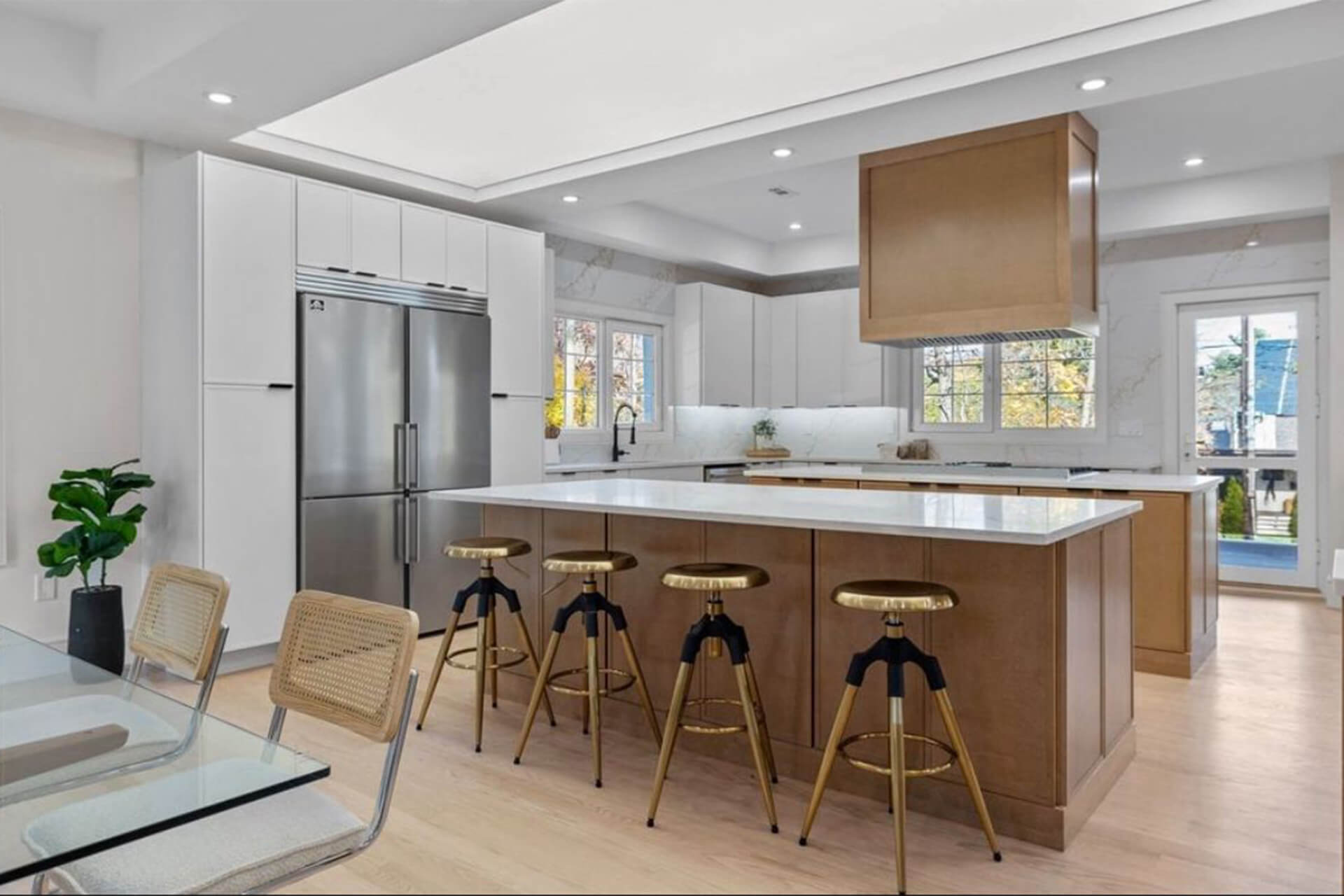
Protection Against Corrosion and Moisture
One of the biggest threats to the lifespan of a steel building is corrosion caused by moisture. Over time, exposure to humidity, rain, and snow can compromise the integrity of even the most robust steel if protective measures are not in place. Galvanized coatings and corrosion-resistant paint layers act as critical barriers between the steel and the surrounding environment.
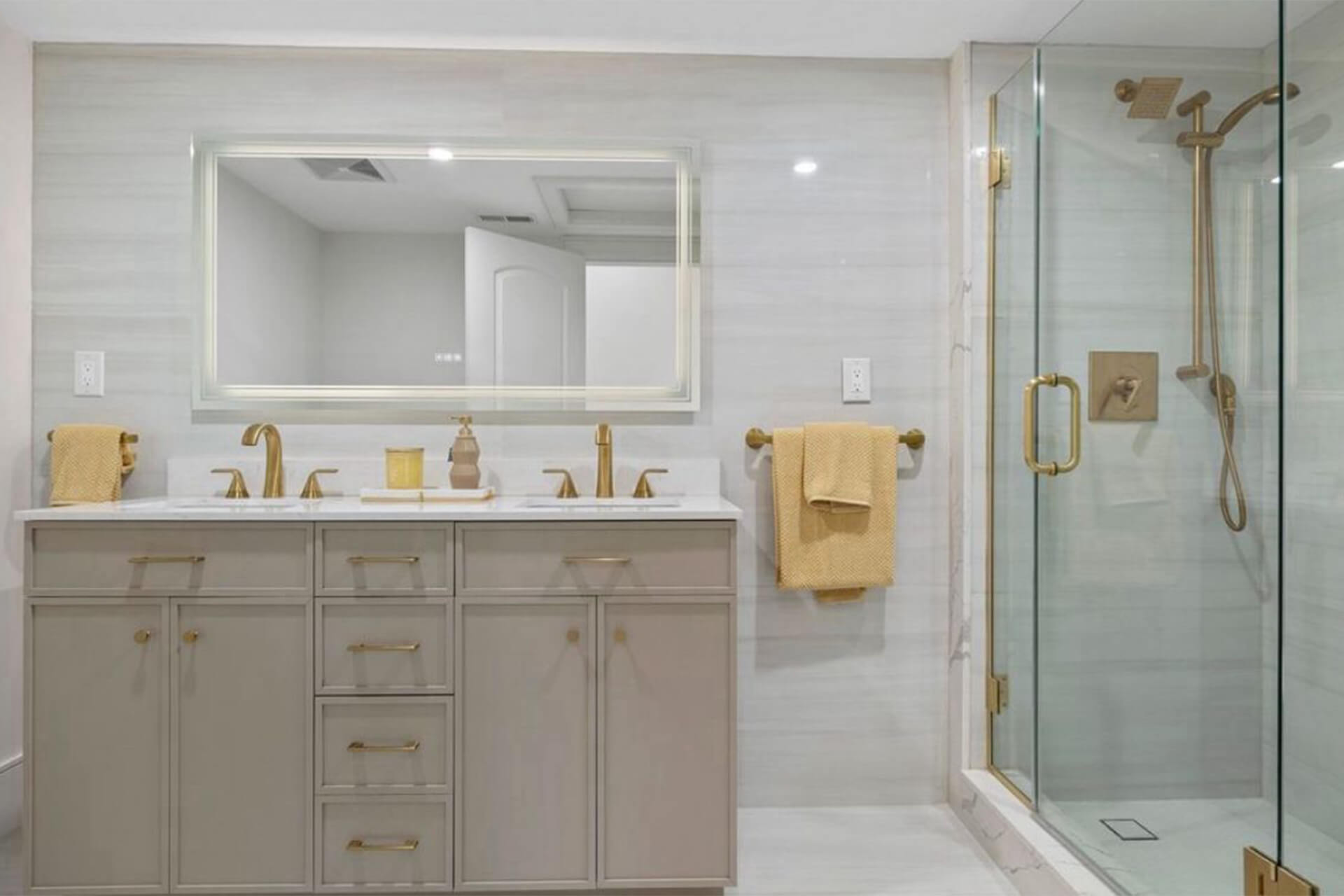
To protect your steel building, it’s important to implement effective water management systems such as gutters, downspouts, and adequate roof slope. Additionally, controlling interior humidity levels can help prevent condensation buildup, especially in climate-controlled or insulated buildings. Taking proactive steps to guard against moisture ensures your durable steel building remains strong and stable for the long term.
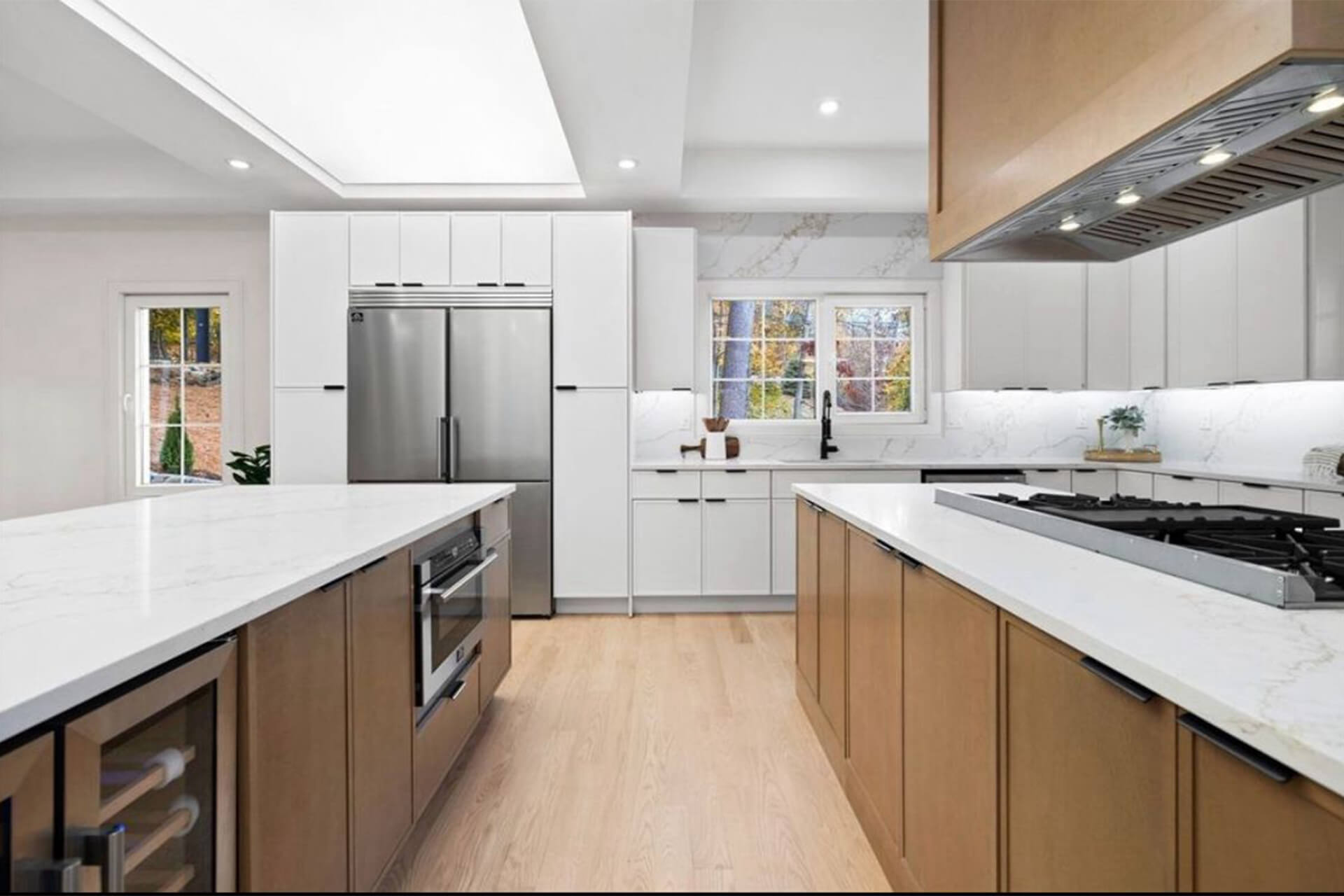
Are Steel Buildings More Durable Than Traditional Ones?
When comparing structural durability, a steel building typically outperforms traditional materials like wood or masonry. Steel is non-combustible, insect-resistant, and far less prone to warping or cracking over time. These qualities make steel a preferred choice for projects that demand resilience, safety, and longevity under varying environmental conditions.
The lifespan of a steel building can easily exceed that of traditional buildings with less maintenance and fewer repairs. Additionally, steel’s strength-to-weight ratio allows for more design flexibility without sacrificing structural stability. While initial costs may vary, the long-term durability and reduced upkeep make steel buildings a more cost-effective option over time.

